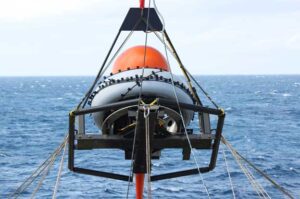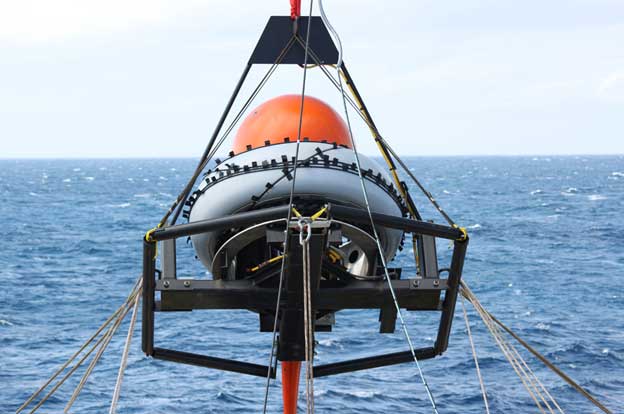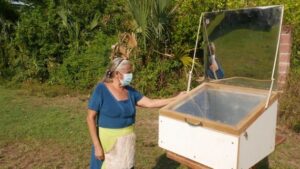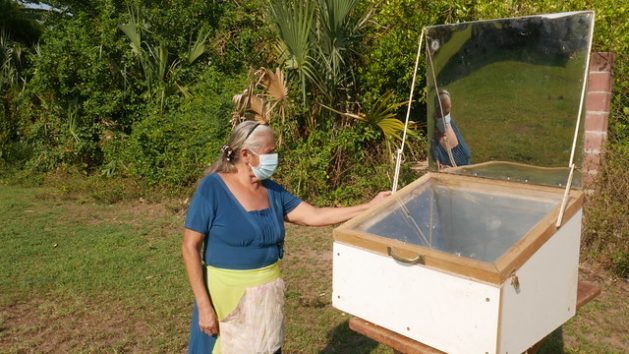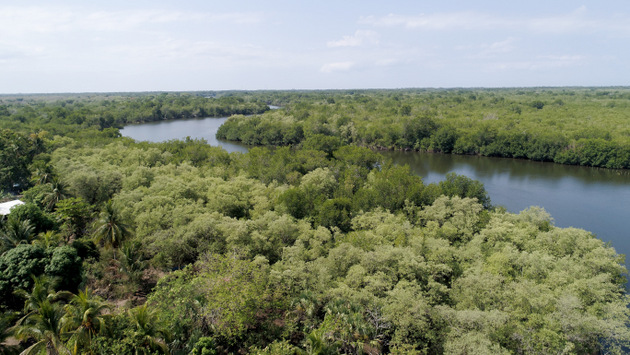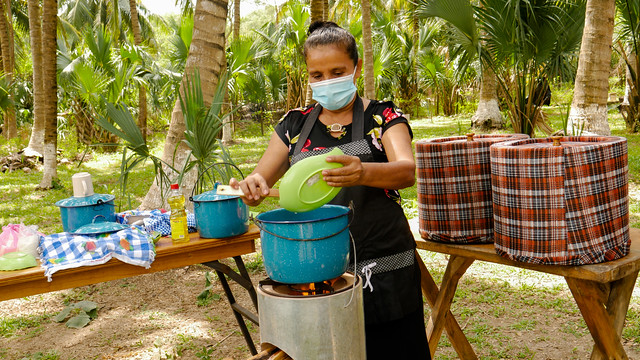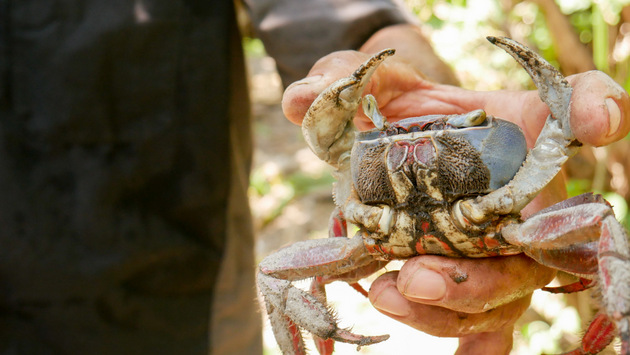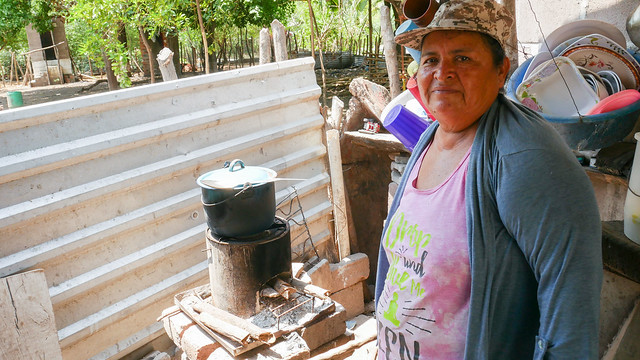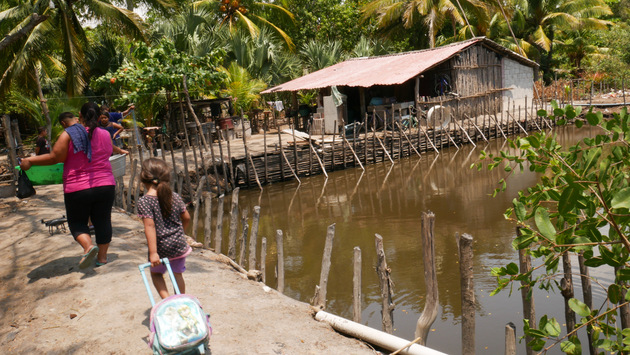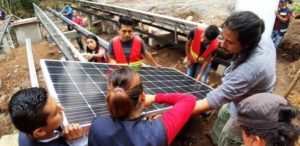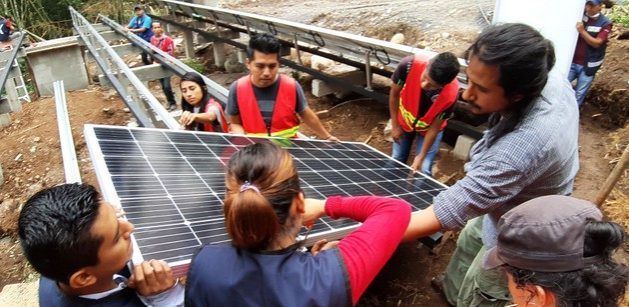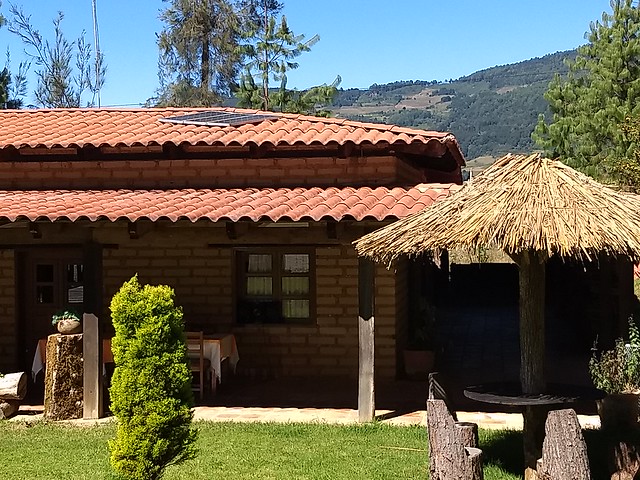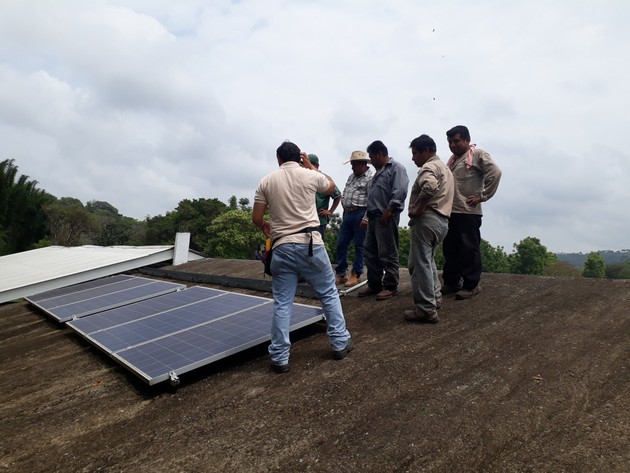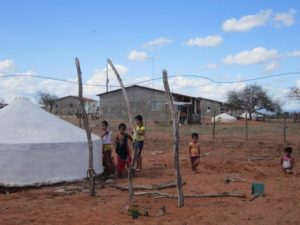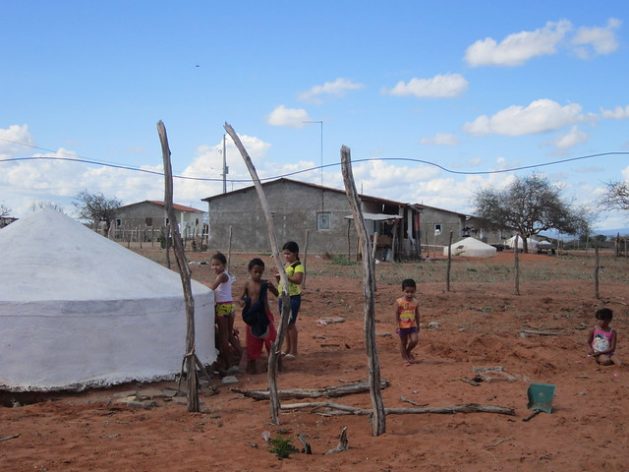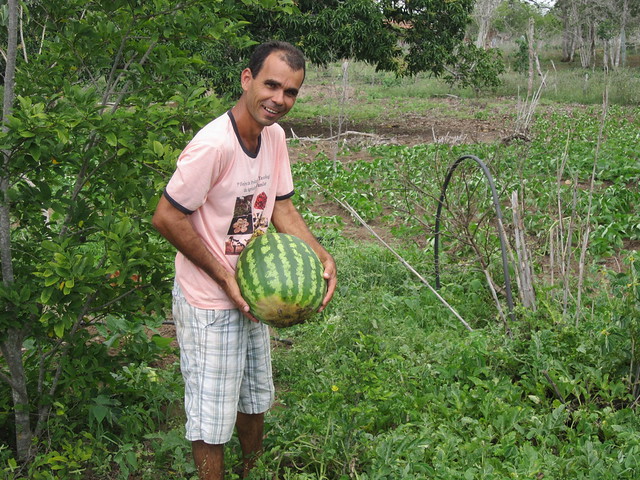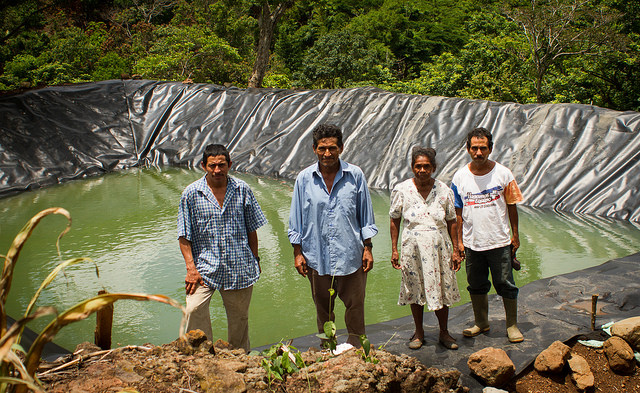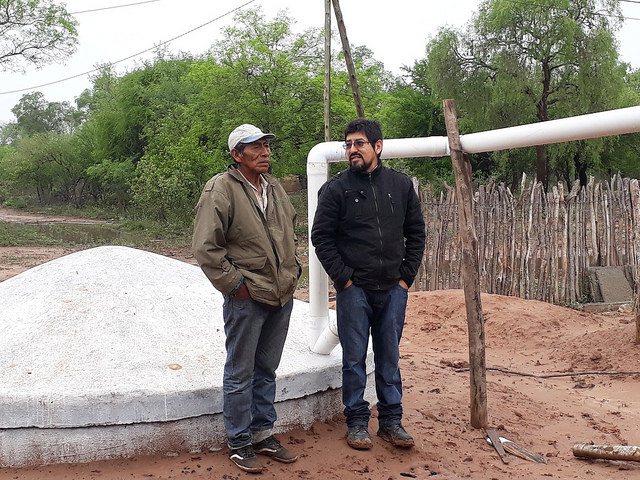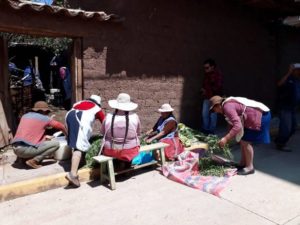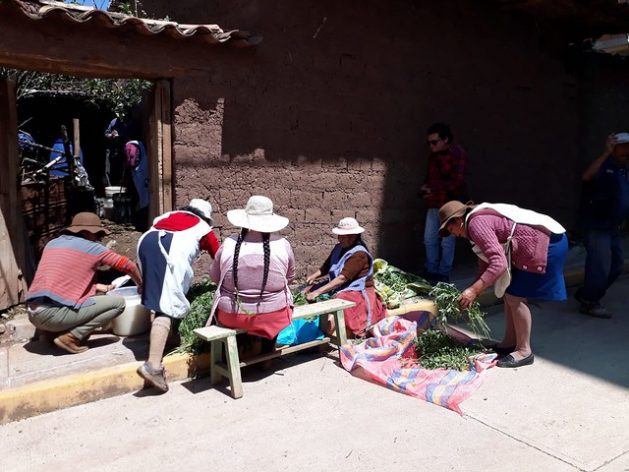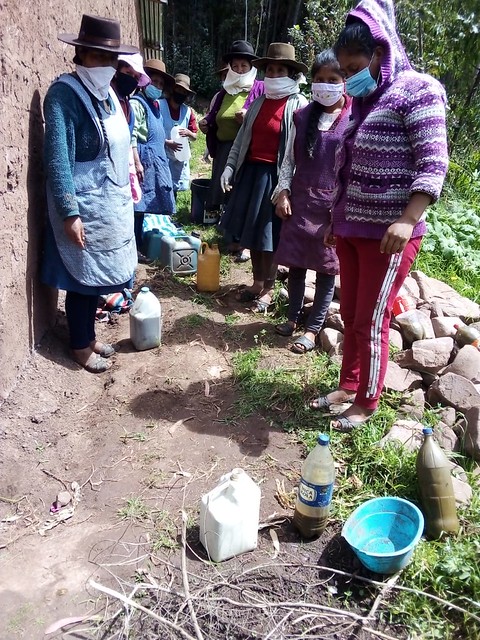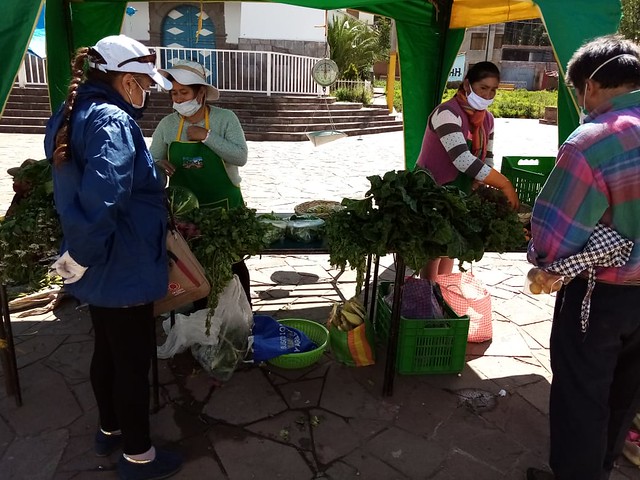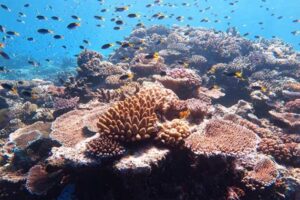
Active Citizens, Biodiversity, Climate Change, Economy & Trade, Education, Environment, Global, Green Economy, Headlines, Labour, Poverty & SDGs, TerraViva United Nations, Water & Sanitation
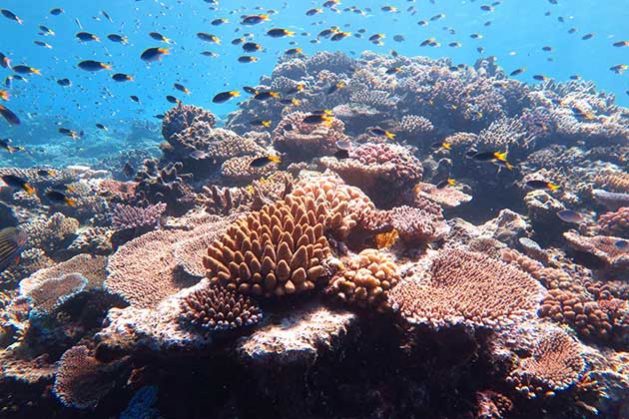
Credit: Australian Institute of Marine Science
– Increasingly, youth are rising up to declare that they’ve had enough of the cyclical exploitation of the environment that jeopardizes their own future.
Youth activism through the Global Climate Strikes and Fridays For Future protests have helped spur revolutionary policy frameworks, like the Green New Deal championed by U.S. Congresswoman Alexandria Ocasio-Cortez.
International organizations and sovereign governments have now interpreted the Green New Deal into frameworks and policies of their own; it’s clear that environmental policy led by youth has energized the discussion on global decarbonization and the social impacts of climate change.
However, the Green New Deal only mentioned the ocean once. We need to insert more Blue into the green transition.
Earth’s vast oceans are humanity’s single most important climate regulation tool. As governments coalesce around plans to quite literally save our species, we must recognize that there is no future without understanding the role the ocean has to play.
Beyond human life support, the ocean economy contributes to ecosystem services, jobs, and cultural services valued at USD 3-6 trillion, with fisheries and aquaculture alone contributing USD 100 billion per year and 250+ million jobs.
Our ocean, however, is overfished, polluted with plastic, and exploited for non-renewable resources like minerals and fossil fuels. This perpetuates a cycle of generational injustice and leaves youth to inherit an increasingly degraded environment with less and less time to restore it. Not only is this detrimental to progress at large, but our most vulnerable global communities, who contribute the least to global emissions, will feel the effects of our degraded environment the most severely.
Youth not only need to be proactive advocates for the SDGs, we need to hold the global community accountable to commitments they have made between nations and to youth as the greatest stakeholders in the future health of our environment.
Creating the “Global Blue New Deal”
In 2019, the Sustainable Ocean Alliance distributed surveys across its network to identify the key youth policy priorities for a healthy ocean and just future. We received 100+ responses from 38 countries in 5 languages.
Over the past year, SOA’s Youth Policy Advisory Council synthesized these into a youth-led, crowdsourced ocean policy framework: the Global Blue New Deal.
The first public draft of our Global Blue New Deal is being launched now, at the dawn of the UN’s Decade of Ocean Science for Sustainable Development, which aims to gather global ocean stakeholders behind a common framework to deliver “the ocean we need for the future we want.”
Youth want to contribute to the success of the Ocean Decade and call on the international community to recognize our policy suggestions as part of the solutions our planet needs.
The vision of the Global Blue New Deal is to “outline an ocean policy framework that integrates crowdsourced youth priorities that will be proposed to governments on international, national, and local scales for implementation.”
It is organized under four pillars, each containing specific ocean policy solutions.
In brief:
Pillar 1
Carbon Neutrality: Transition to a Zero Carbon Future
- 1. End offshore drilling and invest in renewable ocean energy
2. Decarbonize the shipping industry
3. Reduce land-based marine pollution
4. Transition to a circular economy
5. Strengthen legislation and enforcement against ocean contamination
Pillar 2
Preserve Biodiversity: Apply Nature-based Solutions to Promote Healthy Ecosystems and Climate Resilience
- 1. Support the global movement to protect 30% of the world’s ocean by 2030
2. Enforce against non-compliance in Marine Protected Areas (MPAs)
3. Establish a global moratorium against deep-sea mining
4. Transition from “gray” manmade infrastructure like culverts and seawalls to nature-based blue carbon infrastructure including the restoration of wetlands, mangroves and marshes
Pillar 3:
Sustainable Seafood: Match Increasing Global Demand Sustainably
- 1. Encourage sustainable governance of capture fisheries
2. Enforce against illegal, unreported, and unregulated fishing
3. Eliminate capacity-enhancing fisheries subsidies
4. Provide a sustainable path for aquaculture
5. Fund research and development of plant-based and cell-cultured seafood
Pillar 4:
Stakeholder Engagement: Include Local Communities in Natural Ocean Resource Management
- 1. Ensure the sustainability of coastal ecotourism
2. Promote ocean research and innovation, with a goal of mapping 100% of the global seafloor by 2030.
3. Emphasize ocean literacy and capacity building
4. Build stakeholder participation in ocean governance
We invite like-minded youths, scientists, policymakers, and other ocean stakeholders to visit https://www.soalliance.org/soablog/youth-led-blue-new-deal and help as we finalize the Global Blue New Deal ocean policy framework during our public comment period throughout July.
Each generation has inherited an increasingly degraded ocean environment with the poorest, most vulnerable communities feeling the impacts the most severely. This is our opportunity to rewrite the long history of compromising our ocean.
Mark Haver and Marina Porto are Chair and Co-Chair respectively of the Youth Policy Advisory Council of the Sustainable Ocean Alliance, the world’s largest youth-led network of ocean allies.

